Table of contents
Who is the orixá Obá?
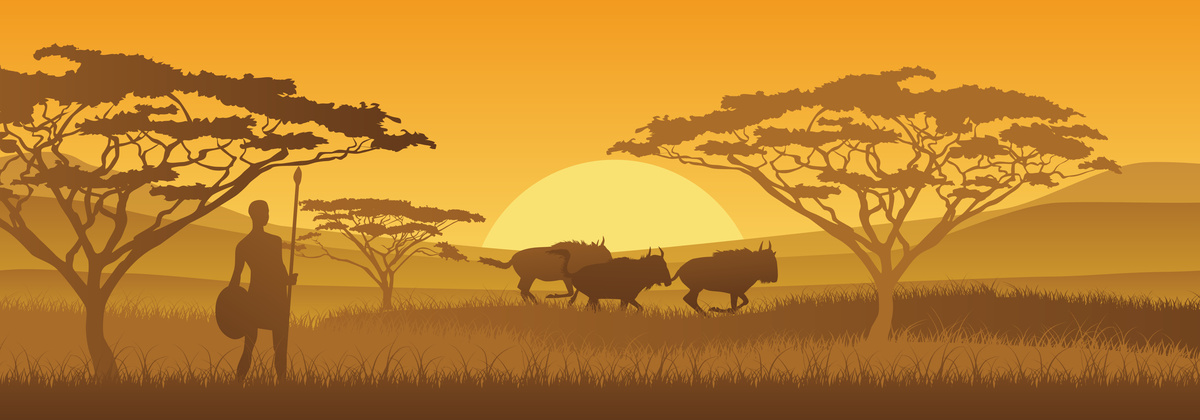
Obá is known as a warrior and Orixá of great strength. Called queen of the Niger River, she always appears with her sword in one hand and her shield in the other, armed with what is necessary to fight for what she believes in.
Because of these characteristics, Obá is known to provide the strength for women to overcome obstacles, as she is also seen as the mother who can understand all the pains of the heart and is always willing to help.
Daughter of Iemanjá and Oxalá, Obá is found in the rebellious sweet waters, but her characteristics show an Orixá that fights and seeks balance while being a great defender of justice. Read more about Obá below!
Knowing more about Obá
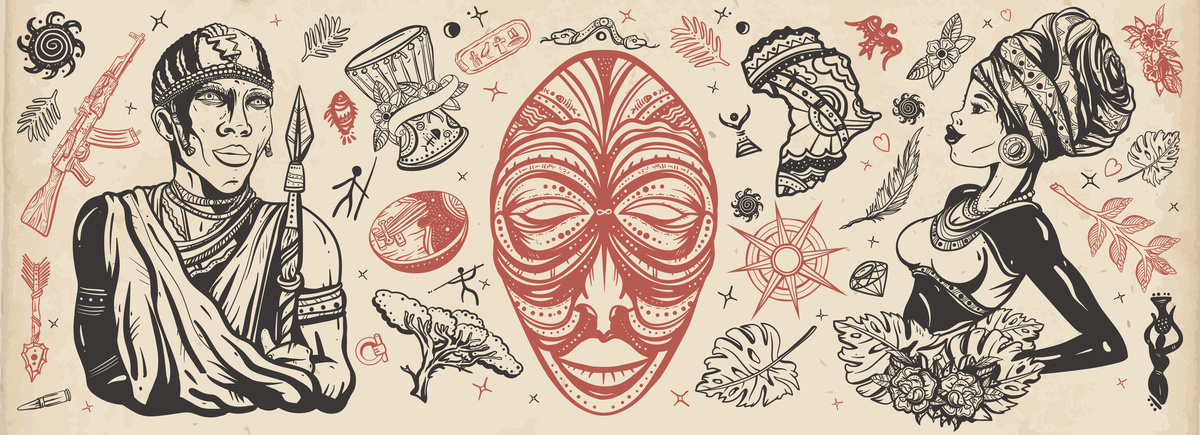
Because she is known as the queen of the rebellious sweet waters, whenever a place with strong breaks or pororoca is seen, it is taken as Obá's house. She walks alongside Nanã and just like this Orixá, she has control regarding floods and mud.
Obá is also seen as an Orixá full of physical strength and it is because of this representation that she has become a symbol of female fighting power. She is also attributed other distinct powers in relation to food.
Her representation of warrior also makes Obá be seen as an Orixá of less feminine appearance and her beauty is linked to other aspects, such as her battles and the way she behaves in these moments. Are you curious? Learn more about Obá below!
Origin and history
There are many legends about the stories and origins of Obá and, in general, all of them are surrounded by mysteries that have never been solved. Always fearless, one of the legends of the Orixá indicates that she has been able to defeat Exu, Oxumaré, Iansã, Oxalá, Orunmila, Oxóssi and Omolú. The only time she lost was against Ogum, who was smarter than her in the fight.
In the battle against Ogum, he followed the advice given by Ifá, who made a prediction indicating that in order to win, he should make a paste with 200 ears of corn and okra. This should be placed in a corner of the arena. So, Ogum overcame Obá in the battle and that was the first time the warrior lost.
Visual characteristics
In general, Obá is seen as a woman who has a sad countenance. In all of her qualities, she appears that way. Her appearance also shows that she carries many resentments. But even in the face of this she is an incomparable warrior.
Obá appears in her representations carrying a sword and a shield. Her sword is called Ofange. She may also appear armed with a bow and arrow, called Ofá.
Relationship between Obá and Oxum
The bond between Obá and Oxum is shown by the rivalry created between the two for the love of Xangô. Obá always sought to steal the secrets of Oxum's recipes so that she could prepare them for Xangô. Angry with this, Oxum created a trap for her and invited Obá to participate in the preparation of a dish that pleased Xangô very much.
Oxum tricked Obá by saying that the dish was prepared with his own ears and when Xangô tasted and felt very satisfied, Obá wanted to repeat, causing a negative reaction in Orixá.
Oxum removed the scarf that covered her ears and showed Obá that she had not torn them off. The two fought and Xangô, irritated, demonstrated all his fury. The two fled and turned into rivers.
Relationship between Obá and Xangô
Her marriage to Xangô turned Obá into a jealous and possessive person, and her love for the Orixá made her capable of doing anything for him. At Xangô's side, Obá is much more vulnerable, which is not normally seen in the warrior characteristics of the Orixá.
Legend has it that Obá's initial anger towards Oxum was due to her jealousy of the Orixá for being her husband's favorite.
Relationship between Obá and other orixás
Obá's relationship with Ogum was born from the battle fought between the two. By following the guidance made by Ifá, Ogum managed to overcome the Orixá, causing her to slip on the briefcase made by him and placed in the arena.
The moment she managed to slip away, Ogum didn't miss the opportunity and possessed her on the spot. Obá until then had not experienced true love, which she only came to know when her path crossed that of Xangô.
Beliefs and Obá
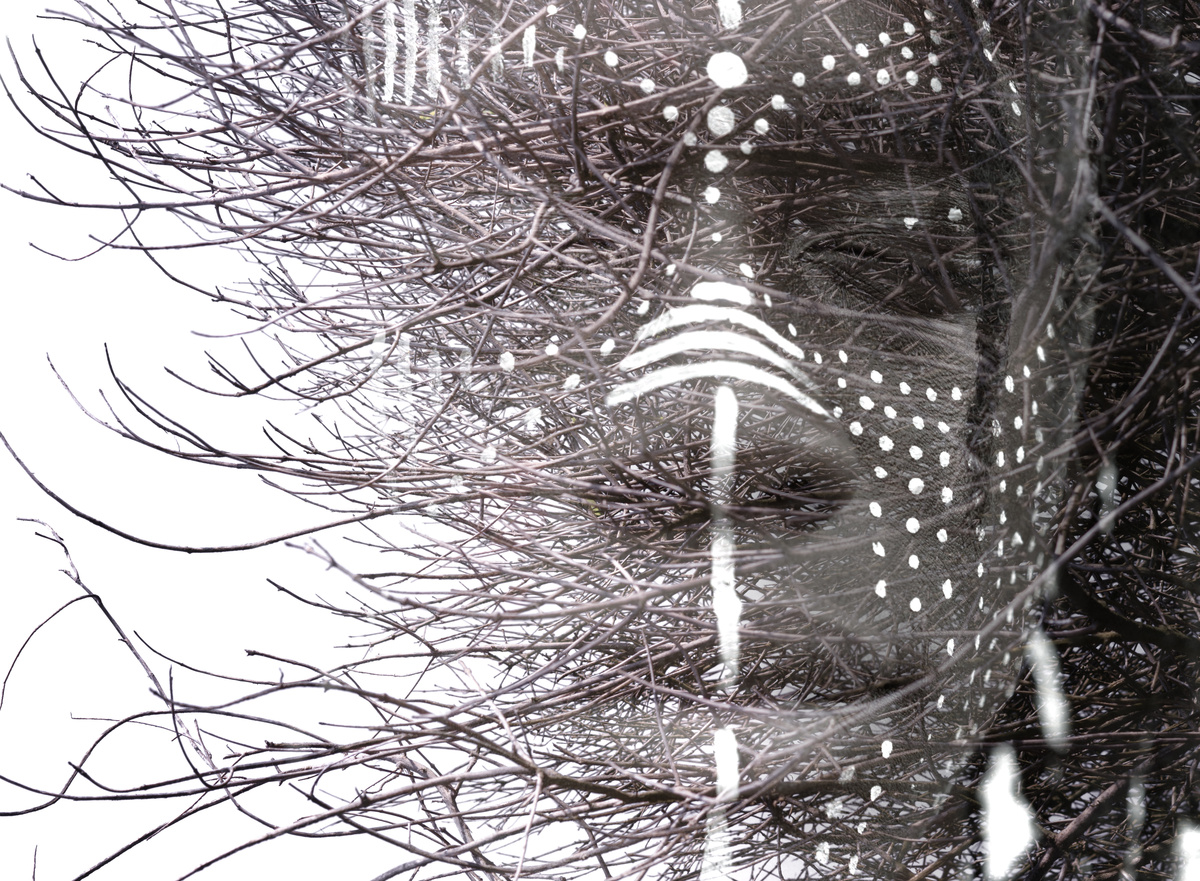
Various beliefs recognize the power of Obá. The main ones are Umbanda and Candomblé, both religions of African matrix. But due to some other issues, such as syncretism, Obá is also seen through a specific saint in the Catholic Church.
Therefore, the way she is found in different religions and cultures may suffer some changes. But there is a central symbol on the Orixá that shows her strength and the stamina with which she faces her battles.
Her attributions in religions show the strength of the Orixá, mainly because she is a feminine symbol that can even be reflected in the children of Obá.
See more about Obá in various beliefs!
Obá in Candomblé
In Candomblé, Obá is seen as an Orixá connected to water and a warrior, who fights for belief. Her clothes have distinctive colors and she always appears in possession of her weapons and with her copper crown.
Obá is an Orixá that is not manifested much and for this reason it is difficult to have high knowledge about her. She is always associated with strength and female representation, in both religions of African matrix that worship her.
Obá in Umbanda
As in Candomblé, in Umbanda Obá is seen as a warrior that represents the strength of women. Because she has all this strength, she is usually feared by the other Orixás with whom she has fought and won several battles.
Her stereotype as a warrior causes her to be seen as less feminine, as much as she is the very representation of women's strength. Throughout her battles, Obá is seen for her main beauty: her skills in fighting and for being a true fighter of injustices, something that is seen in her children.
Obá in the Catholic Church
The syncretism of Obá with the Catholic Church shows that this Orixá has a very strong connection with Joan of Arc, known for being a warrior. The two share very strong similarities in relation to their features, which cause both to be seen in a masculinized way.
Joan of Arc is considered a polemic and remarkable figure. Still young, at the age of 13, she claimed to have heard voices, which according to her were St. Michael, St. Catherine and St. Margaret, who appeared to assign her four missions. For these reasons the two are much compared and there was syncretism.
Obá in different cultures
Obá has her origins in religions of African hue and is therefore worshipped in places where these religions were born. One of the terms to refer to Orixá even highlights this connection because she is known as queen of the Niger River or can also be referred to as Oba, just like her name, which is known as the main river of West Africa.
Thus, the first cults dedicated to this Orixá have their origins in places of West Africa in which she began to be worshiped, exalted and later other cultures and places, such as Brazil also began to practice the religions in question.
Qualities of Obá
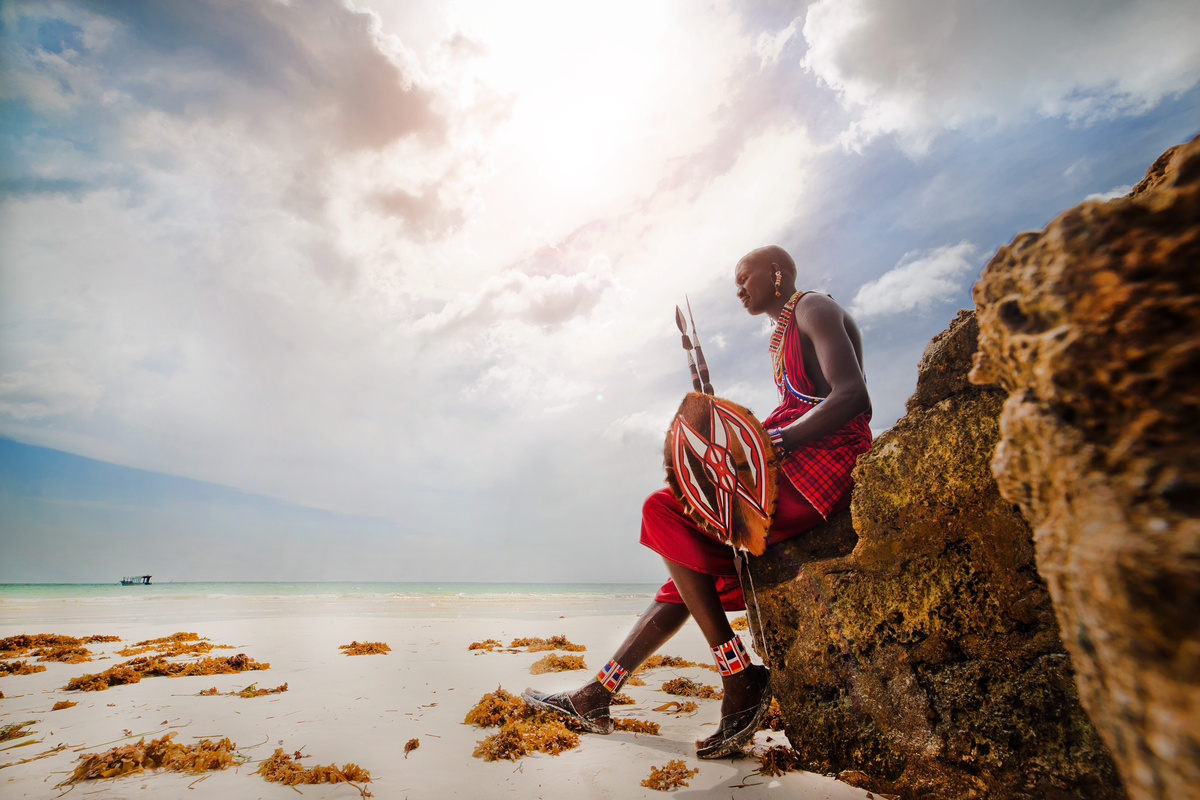
In the religions of African matrix, such as Candomblé and Umbanda, it is common that the Orixás are seen in different ways by some details or practices. The term to refer to this issue is qualities or also archetypes.
So when referring to the archetypes or qualities of an Orixà, it is these distinct definitions or different ways that it shows itself. In general, qualities show a connection with an element or with another specific Orixà.
In the case of Obá, all of her archetypes have connections with other Orixás who crossed her path. To know all the 7 qualities of Obá, keep reading!
Obá Gìdéò
In this quality of Obá, known as Gìdéò, we have the path in which she connects with Xangô, her first husband. Even though they have differentiations due to their way of acting.
The fearless warrior that Obá always showed herself appears in a strong way, even if she is an Orixá very resentful by the events of her life, mainly by her relationship with Xangô, that transformed her into a jealous and possessive person with time.
Obà Syìó
In this path, Obá Syió shows her connection with Xangô and Oyá, also known as Iansã. Obá lived a constant anguish due to the connection of Oyá and Xangô because she believed that her husband had predilection for his two other wives, which would be Oxum and Oyá.
Increasingly this consumed Obá, who became more jealous and possessive. For a long time, she strove and dedicated herself to getting her husband's attention, but Xangô could not resist the pampering of his other two wives, which further fueled Obá's jealousy.
Obà Lòdè
Obá has a strong connection with the Iyami, who are called the great mothers of ancestry.
This association comes from the fact that Iyami is an ancestral symbol of the feminine and because Obá carries the same symbolism through her warrior form that wins all battles, the Orixá in this quality follows the path of the Iyami, who can also be seen as powerful sorcerers according to the stories.
Obà Lóké
Obà Lóké comes together with Odé, who is known for being the god hunter and lord of the forests, so the connection. Obá is a warrior who lives near the fresh waters and Odé is also known for being the son of Iemanjá and Oxalá, as well as Obá, so he is Oxóssi.
Therefore, their connection comes from the fact that the Orixá is the son of the same parents and thus, the quality of Obá follows the path of his brother, known as the king of Ketu due to his deeds of saving the population of the place.
Obà Térà
The quality Obá Tèrá de Obá shows the connection that the Orixá has with Ogum, who crosses her path several times. The main moment that she connects with Ogum is when he showed himself to be smarter and armed her to lose the battle.
This was the first moment in the Orixá's history that she lost. From that point on, their paths crossed for eternity. After losing to Ogum, the two had an affair before Obá met her husband, Xangô.
Obà Lomyìn
Obá Lomyìn has a connection with Oxalá, who is Obá's father and also Oxóssi. This path shows the connection of the Orixá with her father, who is one of the most powerful Orixás of all.
He is regarded as the Orixá of life, as the father of all and the greatest, the one to whom all bow down. Among his attributes, Oxalá is also seen as the one responsible for having created all human beings. He manifests himself in people's lives through faith and peace.
Obà Rèwá
In this quality of Obá, she comes together with Ewá, who is known as the goddess of intuition and clairvoyance. The Orixá is a symbol of beauty and sensuality and also shows much wisdom, which comes to her due to her strong gift of clairvoyance, for which she came to be known.
Ewá is also known as the virgin, protector of all that is pure in the world, from human beings to flowers. However, many may mistake her purity for naivety and that is not the case because this Orixá carries with her a wisdom that goes beyond what the eye can see.
What Obá's sons and daughters are like

Because of Obá's strength and her determination as a warrior, her children also end up associating some of her main characteristics. People who receive a strong influence from this Orixá and are called her children, demonstrate Obá's characteristics through their attitudes throughout life.
Based on the life of the Orixá and the events of her history, one must understand some of the inheritances that her children end up receiving in their characteristics.
For this reason, many times they are people who do not know very well how to interact with others or who count on a strong fear in relation to this for not feeling in some way adequate to the situations or even to speak with certain people of their paths.
See how the children of Obá are!
Antisocial
The way the children of this Orixá act can be seen as antisocial because they do not get involved with the people around them due to fear, since they feel very inferior to others, something that is clearly an inheritance from Obá.
The Orixá also takes this stance because of her history, especially in relation to her marriage to Xangô and the Orixá's other wives. Because of this fear, Obá's children end up acting harsh and dry with the people around them, even if sometimes they don't want to.
Sincerely
The children of Obá do not know how to measure their words when they need to talk about something. They do not beat around the bush and do not disguise the subject. Therefore, they are very sincere people and say what they need to say right away.
This attitude, as much as it can be seen as something positive, for many people it can be an offense because opinions will not always be appropriate and thus Obá's children end up being seen as rude instead of sincere.
Faithful
Because they are people who do not give themselves too much to those around them, the children of Obá have few friends, but they are extremely loyal when it comes to friendship.
This also applies to their love relationships, which comes entirely from the personality and characteristics of this Orixà, who was entirely devoted to her first husband and proved faithful to him. Thus, the Orixà's children behave in the same way: they are always willing and ready for the people they love and will face whatever it takes at their side.
Possessive
Just as this is a characteristic of Obá, her children can also present very possessive behaviors with people, especially in their relationships.
This type of action is a very clear characteristic coming from the Orixá. After her marriage to Xangô, she came to believe that her husband preferred his other two wives and cultivated a jealous and possessive view of her relationship with him, something that the Orixá's children inherited and have a strong tendency to repeat her actions in life.
Submitters
People also have a strong tendency to become submissive. This is a characteristic inherited from Obá, who out of love for Xangô became submissive to him and changed her way of acting in many aspects, even though she was a strong warrior and represented feminine strength.
Therefore, as much as the daughters of Obá are women who possess great strength and determination, they can end up falling into the same paths as the Orixá and end up giving themselves to love so intensely that they become submissive and entirely dedicated to it.
To relate to Obá

Knowing more about Obá, such as her details, dates related to her and other points, is important so that the devotees of religions like Umbanda and Candomblé and the children of this Orixá can manifest, worship her existence, exalt her powers and thank for the actions of Obá.
Thus, there are several ways to express your thanks and salute the existence of this Orixá so strong and full of determination.
In the religions of African matrix, in which she is worshiped, there are offerings, symbols, prayers and greetings that are dedicated to these moments and connect the devotees and the children of Obá with her.
Learn a little more below!
Obá Day
The day dedicated to celebrate Obá is May 30, the same day that is celebrated the day of Saint Joan of Arc, the saint to which the Orixá was syncretized in the Catholic Church. Therefore, this is the day to celebrate the strength not only of Obá but also of the saint that has shown to have the same strength as the Orixá.
Although there is a day to celebrate Obá's existence, she also has her day of the week, which is Wednesday. On this day, in the terreiros, events and giras can be held that celebrate the powerful Orixá.
Colors and element of Obá
Obá is always seen in red and white. Her robes may also have some yellow details. The weapons used by the Orixá, a shield and a sword, are both made of copper.
The colors of Obá are to command respect for the Orixá because red brings much of the strength seen in Obá's actions. Some qualities of Obá, however, may use lighter shades in their robes, toward pink.
Obá symbols
The main symbols that represent Obá are the sword and shield that she carries with her at all times, but she can also be seen in possession of an ofá and ioruquerê. Her symbols reinforce Obá's strength because as she is a fearless warrior, she is remembered for her weapons used in combat. Her sword can be called ofarange.
Herbs and leaves of Obá
Some herbs used relate to Obá and can be used by Iansã. However, the common herbs and leaves for the Orixá are: lettuce, which is used in her obligations with Egun; altéia which is used for discharging baths; and angico-da-folha-miúda, which is used for home medicine, serving as an appetite stimulant.
There are several herbs and leaves that are applied and dedicated to Obá. Some other examples can also be cited, such as yellow cambuí, cordão-de-frade, dormideira sensitiva, espirradeira and eucalyptus-limão.
Salutation to Obá
Obá is a strong warrior and defender of the unjust. Therefore, she is seen as a woman of strength who fears no one. The greeting given to this Orixá refers to this because it places her in a position above, being greeted as follows: Obá Siré! Which means Powerful Queen!
This is a way to exalt the power of Orixá, whose only weak point is love, capable of making her lose her head and end up changing her way of acting at various times in her history.
Prayer to Obá
To thank Obá and to value her actions as a warrior, a prayer is said in the terreiros and at times of celebration of the Orixá. Check it out below:
Obá Siré! Lady of stormy waters, help me to overcome the obstacles in my professional and financial life
Obá Siré! With your ofange, drive away my enemies and all those who wish evil in my ways and of those I love so much
Obá Siré! Powerful Orixá that rules love, protect my love life and always bring understanding to my relationship
Obá Siré! Mighty warrior, give me courage and strength to face daily challenges and remain serene with all those who cross my paths
Obá Siré!
Offering shrimp in moranga to Obá
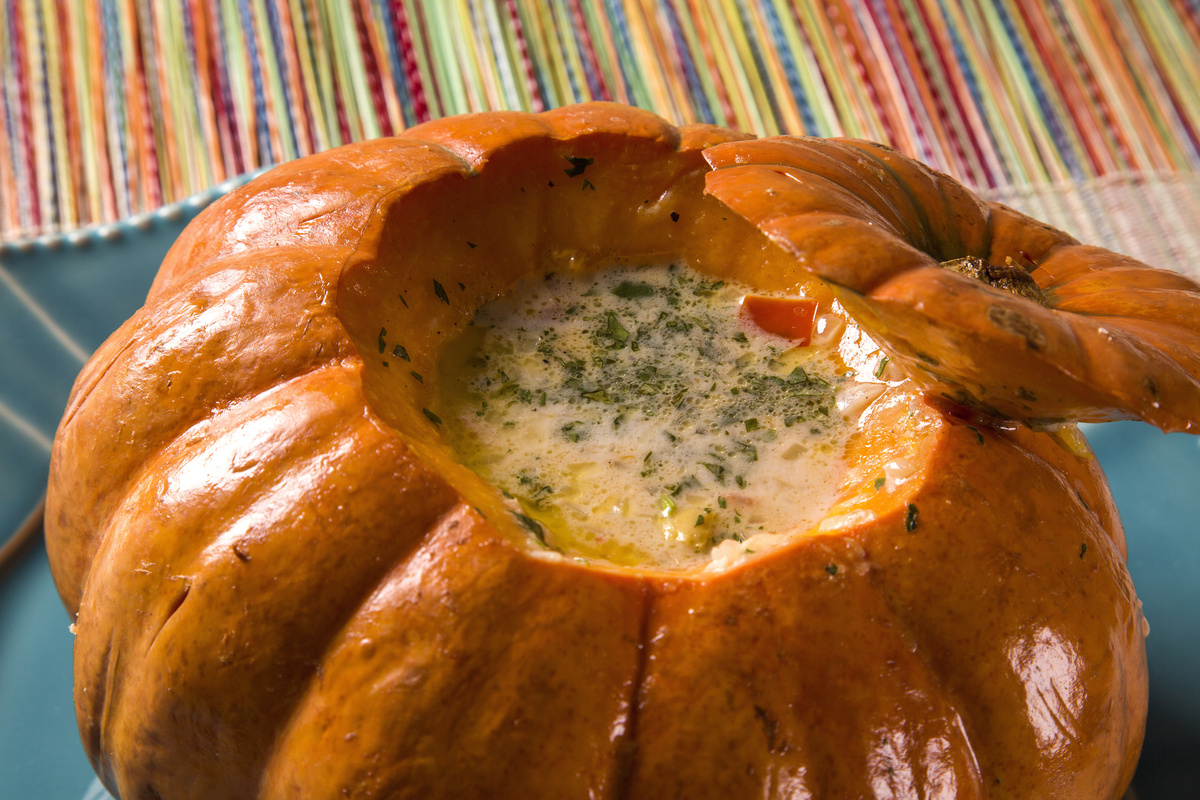
To thank for Obá's actions, many people dedicate offerings to her that are to her liking. It should be noted, however, that the preparation of an offering is a practice of great responsibility, something done within religions such as Umbanda and Candomblé and that requires care.
All this care is linked to the preferences of the Orixás and there must be certain guidance for the correct preparations. The particularities must always be respected in the preparation of the dishes that will be offered to the Orixás.
Obá loves the sounds of water, both from the sea and from the river, so her favorite foods are those that come from the water, especially the salty ones. Therefore, her dishes have a lot of connection with these ingredients.
Learn how to prepare an offering to Obá!
When to do it?
The offerings are made in gratitude to the Orixás and in general are prepared in times of celebration or to thank for some achievement of them in the life of a particular person.
The choice of the time to make the offering will depend on these aspects. They can also be made on the days of commemoration of the Orixás, in the case of Obá, the day that commemorates this Orixá is May 30. The choices should be based on these issues and the preferences of the Orixá in general.
Ingredients
For the preparation of the offering that will be dedicated to Obá, some ingredients are essential to please her, due to her preferences. Therefore, for one of the offerings to Obá, made with moranga, the ingredients will be: 500gr of fresh shrimp, 1 moranga, dendê oil, a bunch of cow tongue and 1 onion.
Directions
To prepare it, you need to cook the whole pumpkin and when it's ready, cut the top part like a lid. Then, open it and remove all the seeds. In a frying pan, saute the onion with the dende oil and then add the shrimp, along with the beef tongue, which should be cut into strips. Soon after, the filling should be placed all inside the pumpkin.
An offering of dried shrimp to Obá
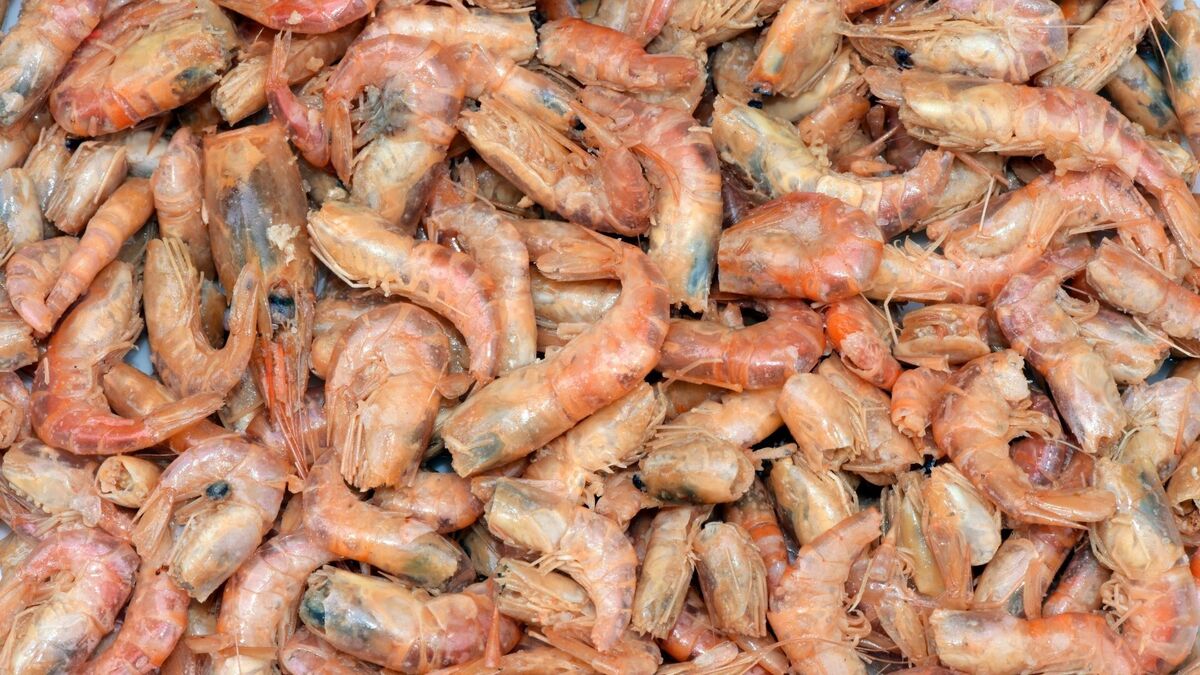
Another offering that is also common for Obá is made with dried shrimp and beans. These ingredients are very appealing to the Orixá, but must follow a proper line of preparation.
It is common that some Orixás are intolerant to certain ingredients due to their origins and other details. Some cannot stand the use of dendê oil and others, like Obá, value this use in the preparation of their offerings.
Therefore, pay attention to the details and seek to know more about the preparations that most please the Orixás before offering any kind of offering. See one more preparation dedicated to Obá below!
When to do it?
Like the other preparations, this dish can also be offered to Obá on days of commemoration of the Orixá, either in May or also on the day of the week dedicated to her. In the terreiros, during their events and special moments, Obá's children can also dedicate these dishes to their mother.
Ingredients
The ingredients for preparing this dish are: manioc flour, 500gr of dried shrimp, dende oil, 1 onion and beans. All these ingredients are very appreciated by Obá and must be prepared the right way for her to be pleased.
Directions
First you need to cook the beans. This process should be done only with the use of water. Then saute the onion with the dende oil and add the shrimp and water. Once the beans are ready, put them together with the saute and then add the flour until the mixture takes the consistency of a pirão.
Obá is the Yoruba goddess warrior of balance and justice!
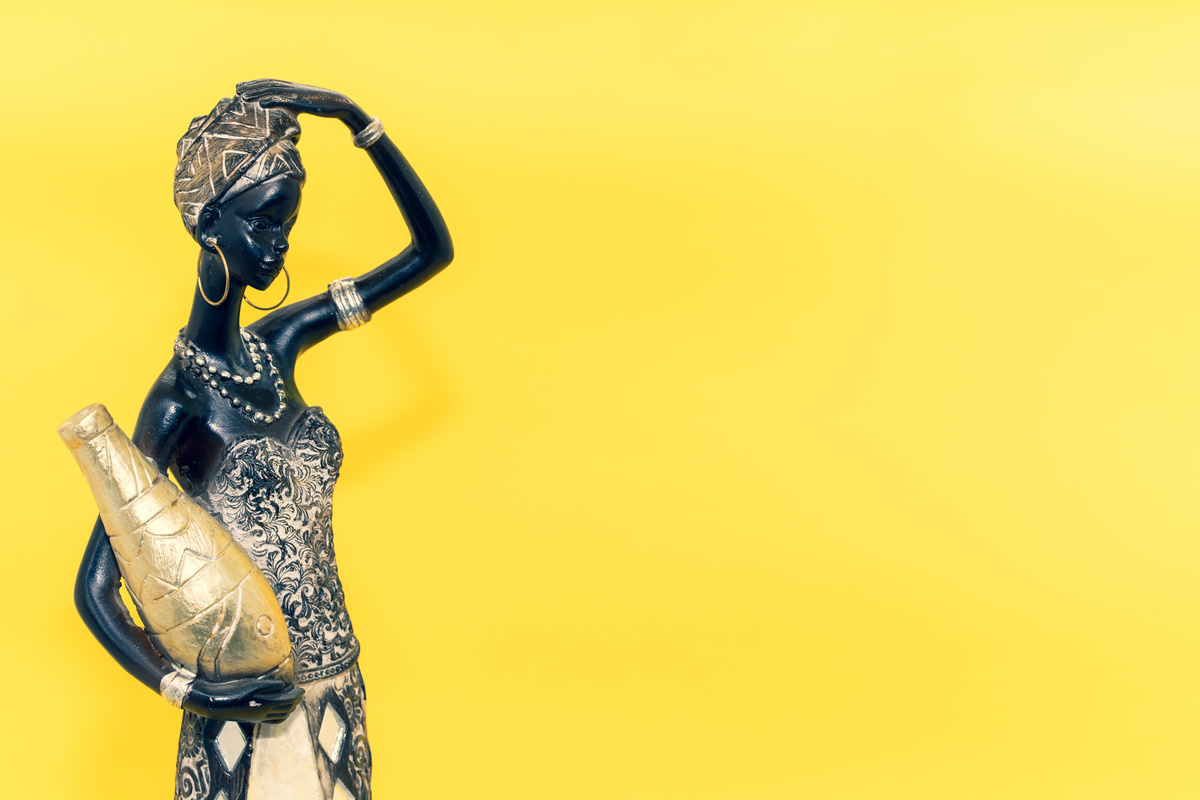
Obá is the powerful Queen who protects and defends all who are wronged. This Orixá represents the strength of the woman and the force that she has to win all her battles without worrying if the target is a man or a woman.
Obá's only weak point is love and she ends up giving in. She often shows herself as submissive, as she was in her relationship with Xangô, which made the Orixá change completely. But this way of acting is understandable and her daughters end up showing similar attitudes since they are much more sensitive to love and end up getting too involved.
Even if they have this weakness, the female representation of Obá shows the strength of women to face the biggest obstacles and the courage to win even facing the world!

